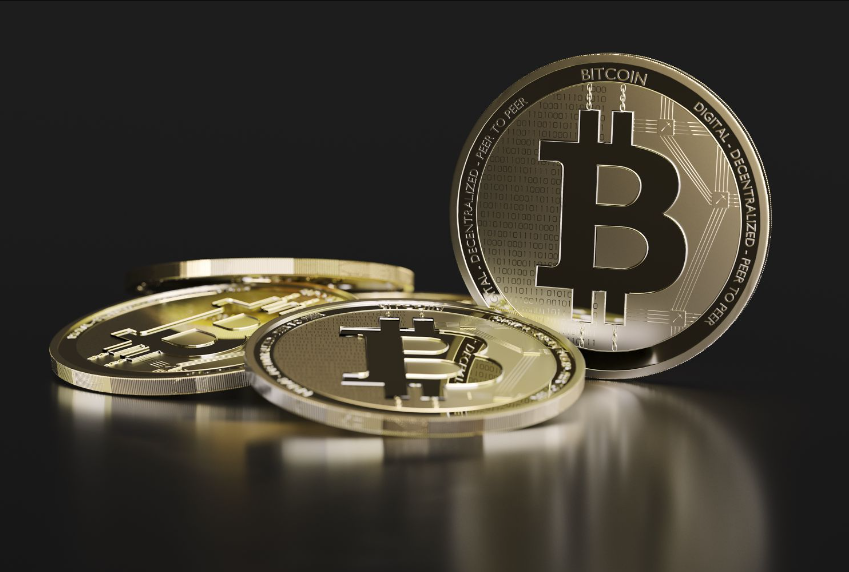Investor Alert: Wall Street Puts Spotlight on High-Performing Dividend Stocks

The markets have been quite volatile lately, mainly due to the Federal Reserve taking a hawkish stand on interest rates. The trend is expected to continue given that inflation remains high, which means the Fed will likely declare peak rates. While bonds look the most attractive, investors still invest in stocks, especially high-performing dividend stocks.
Wall Street has pivoted towards high-performing dividend stocks for the fact that they are not only resilient in tough economic times but also act as a source of consistent passive income. For investors looking to make the most of their portfolios, this article explores how to know high-dividend stocks.
Spotlight on Dividend Aristocrats
Recently, Wall Street analysts have honed in on dividend-yielding stocks as a viable route for enhancing returns amidst the prevailing market volatility. Dividend stocks, often termed as “Dividend Aristocrats,” are shares in companies known for offering a reliable and increasing dividend payout over the years. These companies exemplify financial resilience and a robust operational model, thereby ensuring a steady income for investors alongside the potential for capital appreciation. Among the top trending dividend stocks today are Verizon Communications, Medtronic, Hasbro, Dell Technologies, and Walmart.
Verizon Communications (VZ)
One of the dividend stocks catching the attention of Wall Street experts is Verizon Communications. Offering a substantial dividend yield of 8%, Verizon recently declared a quarterly dividend of 66.50 cents per outstanding share, marking the 17th consecutive year of quarterly dividend increment. Analyst Michael Rollins from Citi upgraded Verizon from hold to buy, signifying confidence in the telecommunication giant’s stability amidst industry challenges.
Medtronic (MDT)
Medtronic, a leading medical device company, too, has been spotlighted for its impressive dividend yield of 3.5%. The company announced a quarterly dividend of $0.69 per share, extending its streak of annual dividend increments to 46 years. Analyst Rick Wise from Stifel sees Medtronic as a robust healthcare holding, attributing its promising outlook to continued recovery in elective procedure volumes and effective supply chain management.
Hasbro (HAS)
Hasbro, a notable toymaker, has also been highlighted by Wall Street for its attractive dividend yield of around 4%. Although Hasbro had a challenging time in recent years, analyst Drew Crum from Stifel remains optimistic, expecting a resurgence in earnings and cash flow generation due to multiple strategic adjustments and a fresh leadership outlook.
Dell Technologies (DELL)
With a dividend yield of 2.1%, Dell Technologies is another company that has piqued the interest of analysts following an exceptional performance in its fiscal second quarter. The company’s broad-based strength across infrastructure and client segments, coupled with a substantial free cash flow generation, positions it well for enhancing its capital allocation program, according to Evercore analyst Amit Daryanani.
Walmart (WMT)
Last on the list is retail giant Walmart, known for its consistent dividend payouts, marking its 50th consecutive year of dividend increases recently. The company’s balanced strategy focusing on value and convenience has been instrumental in driving traffic gains, both in-store and online. Baird analyst Peter Benedict appreciates Walmart’s robust sales mix and market share gains, which have contributed to its upbeat financial outlook.
How to know a high-dividend stock
Check out their rank within their industry
Most high dividend-paying stocks are leaders within their industries. This puts them in a position to navigate external issues better than their competitors and is also overall more profitable. Lockheed Martin Corporation is an excellent example of a stock that fits well in this category. This is the largest defense company in the United States, which puts it at pole position when it comes to winning defense contracts.
Consider the resilience of their core markets
Besides being industry leaders, high dividend-paying stocks tend to be in markets not badly affected by tough economic times. For instance, defense companies are not affected despite the ongoing high inflation that has hit consumer purchasing power and impacted corporate profits. That’s because they operate in a sector where governments are their biggest customers. With the increased global volatility, such stocks will likely keep doing well. Similarly, companies that produce essential drugs, such as Merck & Company, tend to do well in uncertain times and pay dividends.
Looking To The Future
However, even when investing in high-dividend stocks, it is crucial to understand that these stocks are not a holy grail to investing. While resilient, they can easily underperform the market if market conditions change and investors seek more risk.
When investing in high-dividend stocks at the moment, one of the most important factors to keep an eye on is the posturing of the Federal Reserve on interest rates. If the Federal Reserve announces that it has reached the end of its rate hike cycle, the odds are that money will start flowing into the stock markets. This was most evident in the first week of September 2023 when stocks rallied in hopes that the interest rate hikes were ending, only to drop due to the spike in oil prices. Once the Fed completes the current cycle, investors will see more benefit in investing in high-risk growth stocks, especially in the tech world, and this could see blue chips that fall in the high dividend category tend to slow down.
To deal with this risk, the best option would be to diversify. Diversifying in this context means combining high-dividend and growth stocks in a portfolio. This comes at a risk though, as it means one has to start stock picking. While some investors are pretty good at picking stocks, savvy investors like Warren Buffet increasingly advise the average investor to consider low-cost ETFs. For instance, an investment in the S&P 500 gives an investor exposure to a broad basket of some of the largest corporations in the world, which reduces the risk of a portfolio underperforming if a particular stock does not turn out as expected. Similarly, the Dow Jones gives broad exposure to some of the US’s largest industrial and technology companies.
Recap
In conclusion, the spotlight from Wall Street on high-performing dividend stocks underscores a strategic investment move amidst the current market volatility spurred by the Federal Reserve’s hawkish stance. Companies like Verizon Communications, Medtronic, and Walmart offer a semblance of financial stability with consistent dividend payouts, particularly appealing in uncertain economic climates. However, with potential changes in market conditions and the Fed’s interest rate policies, diversification—possibly through a mix of high-dividend and growth stocks or considering low-cost ETFs—emerges as a prudent approach to mitigate risks and navigate the financial markets effectively.




